4 Signs You Need Commercial Roof Leak Repair
Many times you don’t even have to go on top of your commercial roof to determine it’s leaking. There are many different signs that could indicate your commercial roof needs to be repaired or replaced. You never want to have to deal with roof moisture getting in areas where it shouldn’t, which highlights the importance of getting a regular commercial roofing thermography inspection. Here are a few signs your commercial roof may need to be repaired.
Moisture Infiltration
If you’re experiencing roof moisture, you may see signs like water stains on the ceilings, insect problems or high indoor humidity. These are most likely the result of a leaky roof and will need to be fixed immediately. Conducting an infrared roof moisture survey will help identify the source of the leak and any potential problems on the horizon as well.
Low Spots or Sagging
You might have an issue below the surface of your roof if you see sagging or low spots anywhere. These issues could occur because of ponding damaging the roof insulation, or there could be other issues as well. Regardless of the reason, a thermography inspection can identify exactly what the issue may be and the source of the issue too.
Rising Energy Bills
You may not even know you need a commercial roof inspection until you get your energy bill one month and realize it’s much higher than normal. During the warm summer months, higher energy bills are expected, but you should especially look into getting an IR thermography survey conducted if the bills are much higher than normal. You could have a leak in your insulation or other part of the roof allowing air to escape. If you don’t get it fixed immediately, you’ll rack up more costs with your energy bills and likely come across more issues later on.
Poor Drainage
If it’s raining a lot outside, but you don’t see much water coming off of the roof, then you can assume drains are clogged. This can result in serious ponding on your roof and quickly cause damage to it. Certified thermographers can help detect drainage issues, and whether the ponding caused any damage to the roof. You never want to delay getting a drainage issue fixed, since major problems could be on the horizon leading to costly roof repair, or even replacement.
Infrared Consulting Services uses the best infrared detection technology on the market to ensure your commercial roof will remain in great shape. The best infrared inspection services can help detect commercial roof issues before they become a larger problem. Whether you think you have a roof moisture issue or not, now is the time to schedule your commercial roof inspection. Be sure to contact us at any time to set up an appointment.



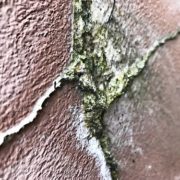


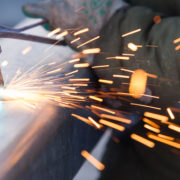
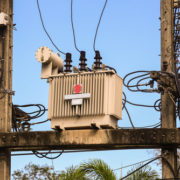
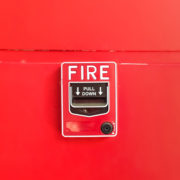

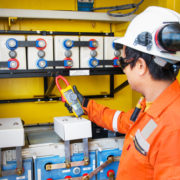
 By detecting problems before they occur and by pin-pointing exactly where problems might exist, Infrared Thermographic Testing has many benefits.
By detecting problems before they occur and by pin-pointing exactly where problems might exist, Infrared Thermographic Testing has many benefits.
 Learn more about our wide range of non-invasive, non-destructive inspection & testing services and if they are right for your needs.
Learn more about our wide range of non-invasive, non-destructive inspection & testing services and if they are right for your needs.
 Founded in 1988, Infrared Consulting Services (ICS) provides professional infrared electrical, NDT and building envelope inspection services nationwide.
Founded in 1988, Infrared Consulting Services (ICS) provides professional infrared electrical, NDT and building envelope inspection services nationwide.